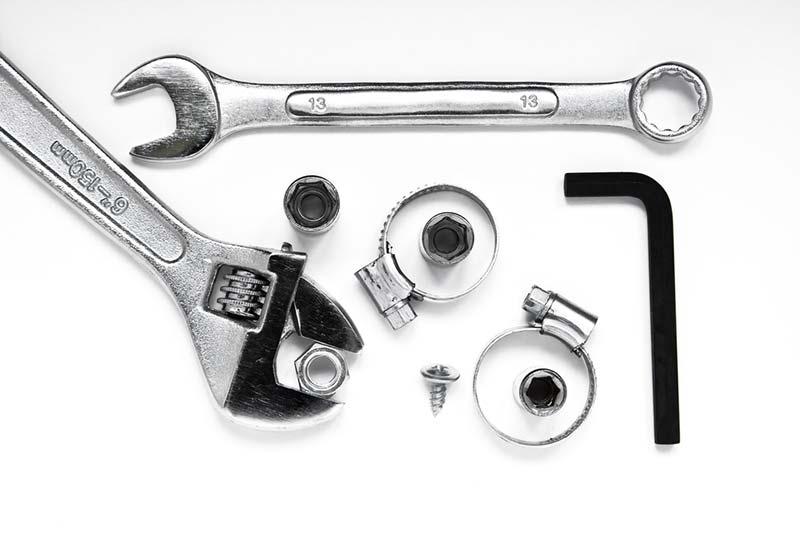OK, so you’re acquiring a formal tool and most likely a repository as well. So – who manages it? Often, it is one or more of the original team that acquired the tool (perhaps even the project sponsor), but when they move on, I’ve noticed that their managers can struggle to define who takes on the position, what skills and competences they have, and what the role entails. As a result, more than a few times I’ve been asked for a role specification – so, with that in mind, here is a template.
I've found the role of tool owner varies immensely from organization to organization, so I've provided a superset that can be pruned and amended as needed. In particular, references to architecture (e.g., knowledge of architecture frameworks such as TOGAF) are obviously not relevant for a pure process modeling tool. In such case, the context should be clear as to whether to simply remove an item or amend it appropriately.
Summary: When you adopt a modeling tool, whether for process or architecture, one or more people are going to need to assume the role of tool owner: the person who makes the decisions on how to configure the repository and acts as a local expert in it, and often, the modeling standards being used. Often they are also responsible for monitoring compliance and/or KPIs. Here is a template role specification for that job.
Purpose
The modeling tool owner is a local center of knowledge for the modeling tool, and also acts as the interface to the vendor for support issues, awareness of tool direction, feature requests, upgrades, etc.
The tool owner will work with modeling team leads to establish standards and style guides, integrate use of the tool into operating practices and act as a an advocate for excellence in modeling techniques.
Responsibilities
- Tool owner acts as the primary interface to the tool provider (note: replace this with ‘vendor or support community’ for FOSS tools such as Archi)
- Tool owner acts as a center of excellence for the modeling standards adopted by the organization
- Tool owner monitors compliance with modeling standards adopted by the organization and work with owners of non-compliant areas to rectify
- Tool owner uses tool knowledge to assist with monitoring of performance against architecture Key Performance Indicators
- Tool owner monitors supplier responsiveness to issues and queries, and escalates to leadership as needed
- Tool owner is an advocate for improved rigor in modeling and analysis
Education
Graduate degree in computer science or equivalent experience post-graduation
Skills
- Essential
- Experience with managing project architectures, ideally across multiple domains
- Understanding of the goals of enterprise modeling
- Knowledge of architecture frameworks such as TOGAF, Zachman
- Experienced with modeling languages such as UML, ArchiMate, BPMN
- Familiar with architecture governance and compliance mechanisms
- Familiar with the project lifecycle - in particular, the role of the architect or architects
- Desirable
- Ability to organize, chair and facilitate review meetings
- Experience conducting impromptu and formal classroom training sessions
- Good stakeholder management skills
- Awareness/certification in ITIL/PMP/PRINCE
- Experience of business information systems




.png)


